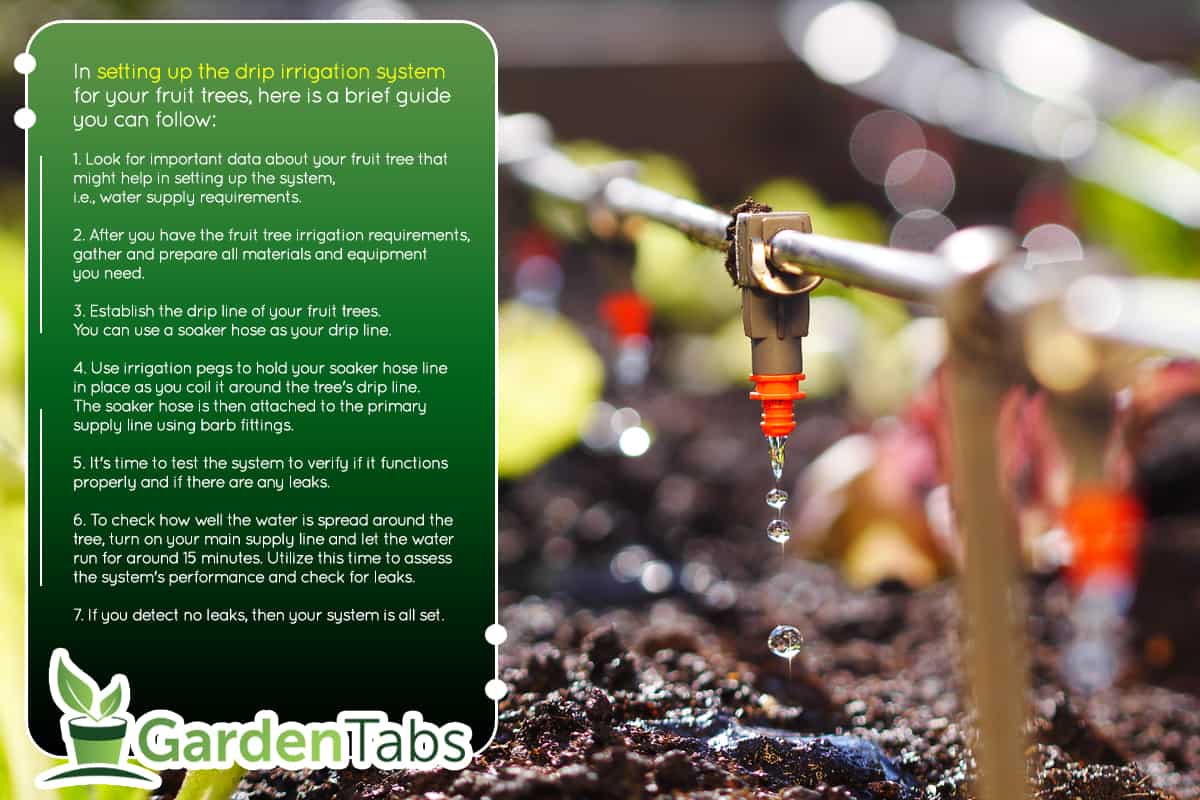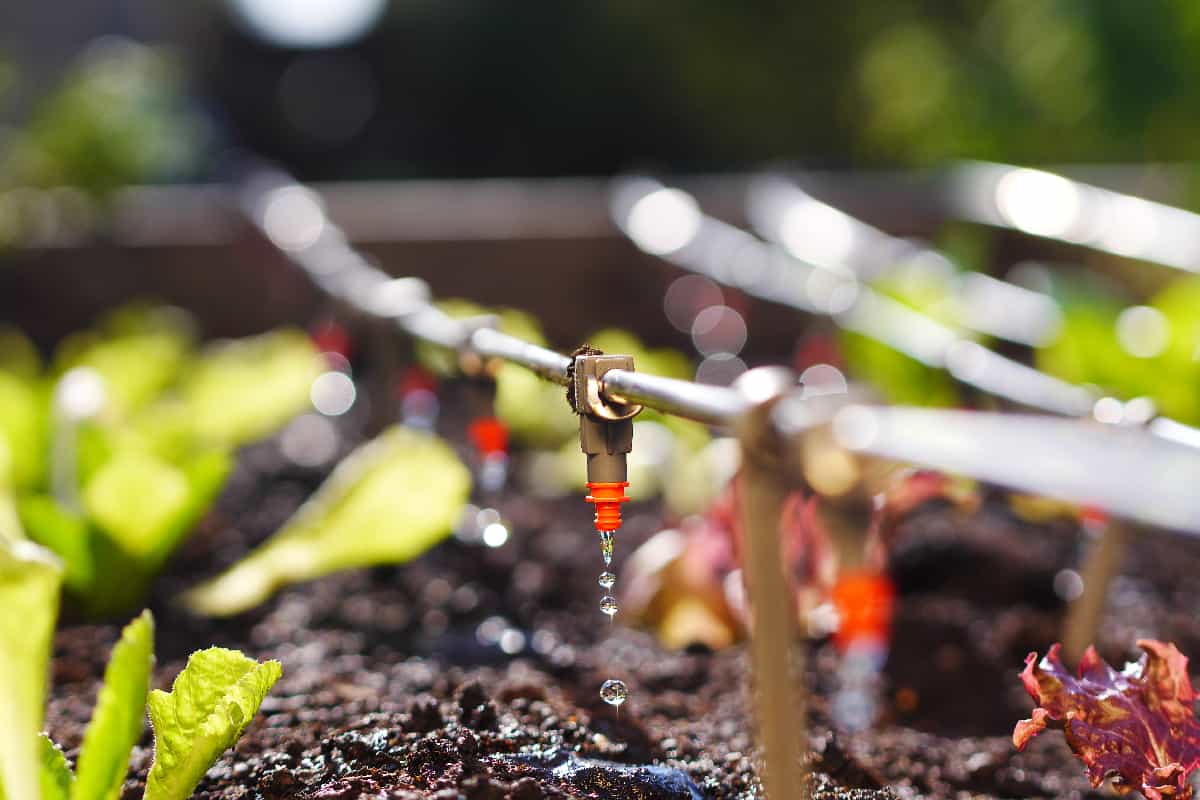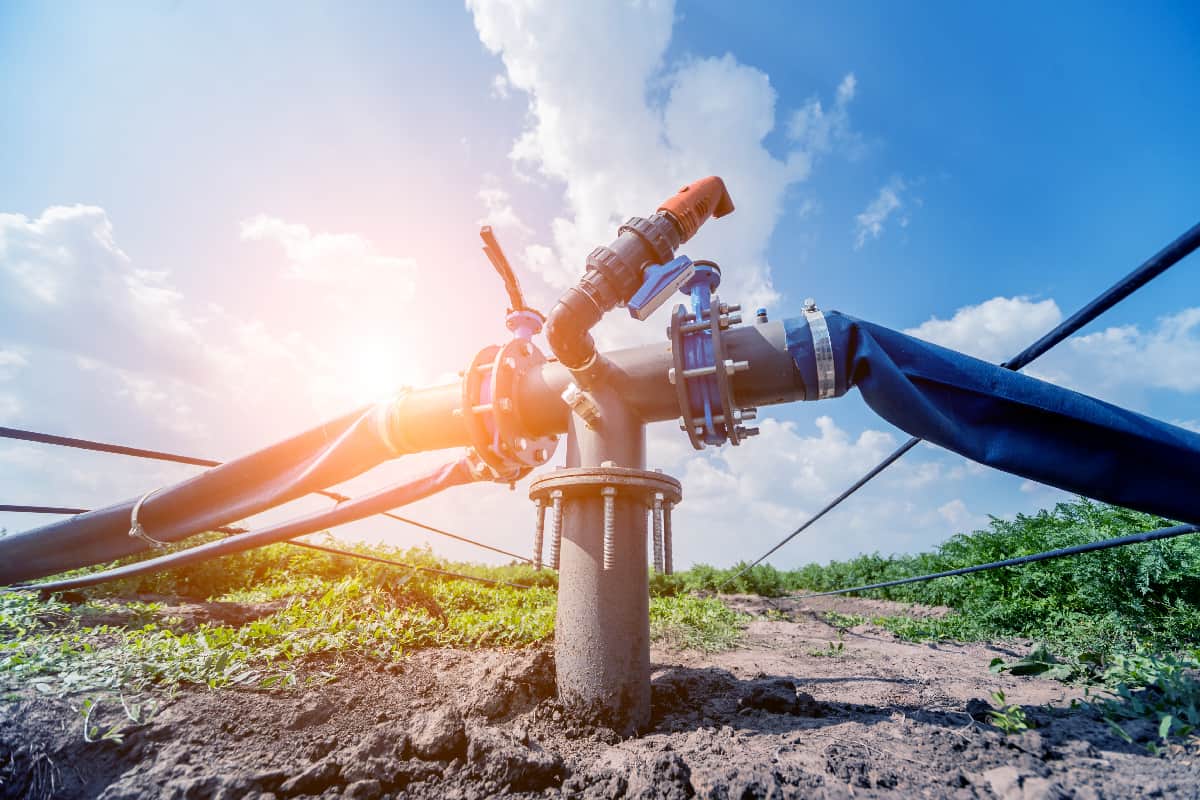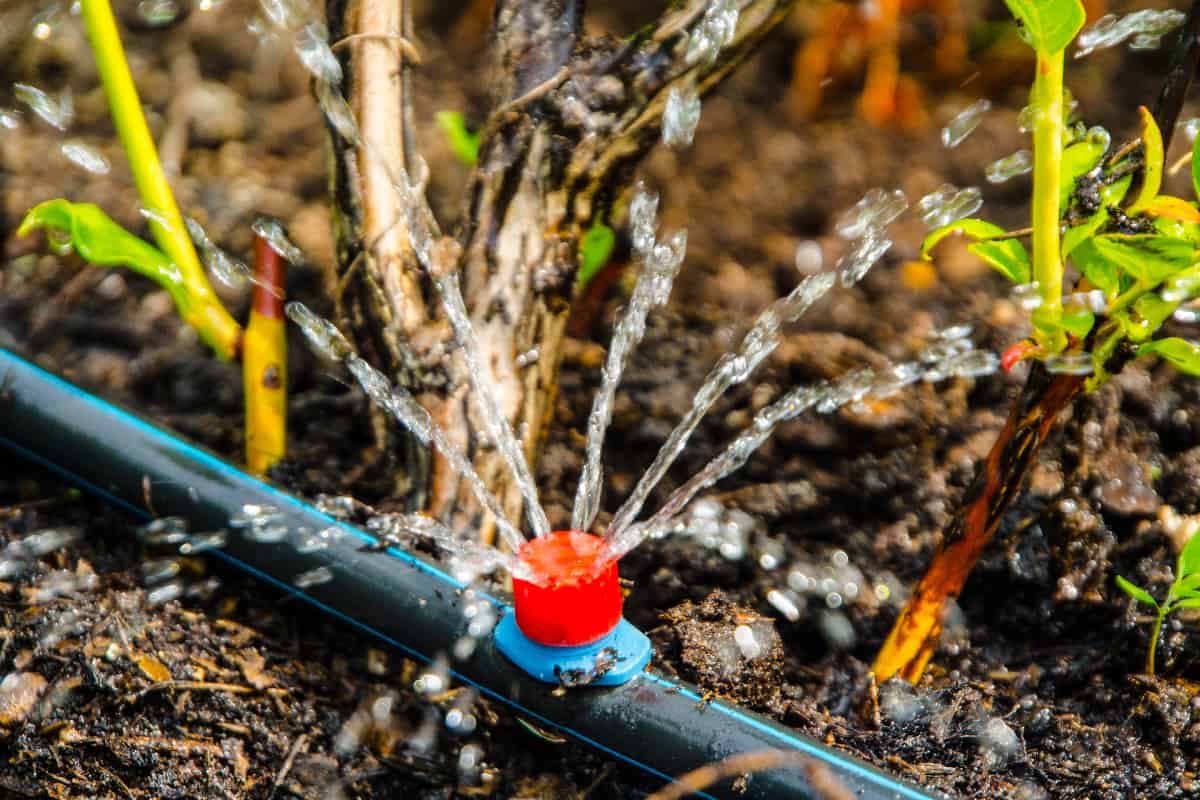Are you planning to set up a drip irrigation system for your fruit trees but don't know how to? Don't worry! We gathered significant information to solve this problem, and here is what we found.
In setting up the drip irrigation system for your fruit trees, here is a brief guide you can follow:
- Look for important data about your fruit tree that might help in setting up the system, i.e., water supply requirements.
- After you have the fruit tree irrigation requirements, gather and prepare all materials and equipment you need.
- Establish the drip line of your fruit trees. You can use a soaker hose as your drip line.
- Use irrigation pegs to hold your soaker hose line in place as you coil it around the tree's drip line. The soaker hose is then attached to the primary supply line using barb fittings.
- It's time to test the system to verify if it functions properly and if there are any leaks.
- To check how well the water is spread around the tree, turn on your main supply line and let the water run for around 15 minutes. Utilize this time to assess the system's performance and check for leaks.
- If you detect no leaks, then your system is all set.
You may now wonder, what does a drip irrigation system consist of? Keep reading as we give you a list of these things. Additionally, we'll discuss what is a drip irrigation system, its pros and cons, and what factors you need to watch out for to have an effective system.

What Is A Drip Irrigation System?
This system uses a network of small diameter plastic pipes with emitters or drippers to trickle water into the surface at very low rates.
Water comes out near the plants so that only the soil area where the roots grow is moist, as opposed to sprinkler and surface irrigation, which also moisturizes the entire soil area.

When compared to other approaches, drip irrigation uses water applications more frequently, which creates a very good high moisture level in the soil where plants can live.
The system uses a series of main, sub-mains, and lateral lines that deliver water to the crop through emission points that are spaced out along the pipe's lengths.
The emitters release water and nutrients into the soil, which are then carried by capillary action and gravity into the plant's root zone.
By doing this, the loss of moisture and nutrients is nearly immediately replaced, preventing it from ever experiencing water stress and improving quality, high yield, and optimum growth.
Pros And Cons Of A Drip Irrigation System

In this section, you will find the benefits and drawbacks of a drip irrigation system.
Pros
- It is water conserving since it is directly applied to the root zone and only has a maximum of 2-3% water loss.
- Operates at significantly lower pressure thus, saving power consumption.
- Minimize fertilizer cost by 25-30% because of the direct application to the root zone.
- You can save on labor costs because this system eliminates any labor-intensive work.
- Drip irrigation permits the use of low-quality water. Although, you need to be careful with this one because it might block the drippers.
- You can use this system in hilly areas where a sprinkler system is limited.
- Reduce the growth of weeds.
- Helps in reducing soil erosion.
- Aids in the faster development of young trees due to the continuous supply of water.
- Improves the quality of plants since the nutrients and water are supplied at slow and uniform rates.
- Reduce the chances of insect and fungus infestation because it reduces the humidity of the soil surface.
Cons
- The initial investment cost of this type of irrigation system is expensive.
- Susceptible to blockages.
- Can hinder the root development of the trees due to the concentrated wet zones.
What Are The Major Components of A Drip Irrigation System?

To understand a drip irrigation system better, here are the components that make up the system:
Water Source
This is one of the major components of your system. Without this, you won't have your system in the first place.
Your water source can either be surface water or groundwater. However, surface water frequently introduces biological risks. The level of treatment will affect the quality and likelihood of blockage if you consider wastewater as a source.
Surface water is generally of lower quality than groundwater. However, you should check the iron and manganese levels because high levels could cause drippers to clog and necessitate treatment.
Pumps And Pumping Stations
To move water from the source through the pipes and drippers, a pump will be required unless the water at the source is supplied at an acceptable flow rate and pressure.
Most drip irrigation systems also contain pumps as a standard component.
Filtration System
In any drip irrigation system, filtration is essential. Effective filtration keeps the water from clogging the drippers, which is crucial for proper irrigation system operation and long-term performance.
Irrigation Pipe Lines
Drip irrigation pipelines consist of:
- main line
- sub-main line
- lateral pipes
Main Line
From the filtering system to the sub main, water is transported through the main line. To reduce corrosion and clogging, they are often comprised of stiff PVC pipes.
Sub-main Line
The laterals receive the water mainline from the sub-main lines. Typically, submain lines have smaller diameters than main lines. Depending on the size of the plot and the type of crop, there may be several sub-mains from a single mainline.
Lateral Pipes
Low-density polyethylene or linear low-density polyethylene is used to make laterals, which are flexible pipes or tubing with a small diameter. They are black to prevent the growth of algae and the effects of ultraviolet light.
The maximum pressure that they can endure is between 2.5 and 4 kg/cm2. They are linked to sub-main at a specific separation.
Drippers/Emitters
It serves as the primary means of lateral water discharge to the soil in drip irrigation systems. To the plants, that is. Drippers come in a variety of sizes and types depending on distinct working principles.
They are made of plastics like polypropylene and polyethylene. Each dripper has unique qualities, benefits, and drawbacks that govern how to use it.
Water And Pressure Monitoring Devices
Make sure your system has a functioning water meter and pressure gauges! Despite being basic, these gauges are frequently ignored or neglected. The effective operation of the system depends on these monitoring devices.
Knowing the system flow rate is necessary to calculate the application rate for scheduling irrigation since it aids in finding leaks or clogs. System pressure is crucial for keeping filters, chemical injectors, and the entire system within its operational parameters as well as for detecting leaks or blockage.
Valves
The selection and placement of valves in an irrigation system are crucial because water flow rate and you must carefully control the pressure throughout the system to ensure effective and timely water delivery.
Valves are essential in managing pressure, flow, and distribution under various circumstances to improve performance, simplify management, and lower maintenance needs.
What Are Some Factors You Need To Consider In Your Drip Irrigation System Design?

Any drip irrigation system's design must take into account the following factors:
Water Source
Before setting up a drip irrigation system, always make sure that the water is tested.
Area Of The System
Another major factor is the whole area that needs to be irrigated at once. It is possible to make better use of filtering and pumping equipment by dividing the entire irrigated area into various zones and utilizing automation.
Pump Size
Pump size is a crucial factor to take into account when designing a drip system, and it should be customized to the owner's requirements. It is advised to engage a qualified designer to create all of the system's specs.
Soil Type
The soil and the drip tape's water flow rate both have an impact on the wetting pattern. You might want to utilize a high flow rate in particularly sandy soils to stretch the wetting pattern out further laterally.
Tape Type
One of the most important factors in building a drip irrigation system is the type of tape. Many of the additional requirements for system design will be determined by the flow rate for a specific tape.
Plant Type
The maximum operating time for the system will depend on the crop that needs irrigation.
System Automation And Management Skills
The operator's managerial abilities will have a significant impact on design choices. The design can benefit from the added efficiency offered by time clocks and computers if the operator is eager to learn about them.
To reduce operator error, the system must contain additional safeguards if the operator is unwilling to use these devices. If the irrigation system is constructed properly, computers, automatic backflush mechanisms, and zoning solenoids can help the operator and enable greater system flexibility.
However, since these gadgets do break down and crops always need water, the system shouldn't be set up to rely solely on them.
Budget
Any design always needs to consider the budget. On occasion, a given acreage may not support a safe, practical design due to financial constraints. In these situations, cutting back on the irrigated area to stay under budget is the best recommendation for the designer and owner.
Final Words
Although you can DIY the setup of your drip irrigation system, it is still better to consult an expert when it comes to the design and layout of your system.
But if you're adamant about doing it all by yourself, then make sure that you cover all the necessary factors and requirements.
Check out these other articles on this page:
